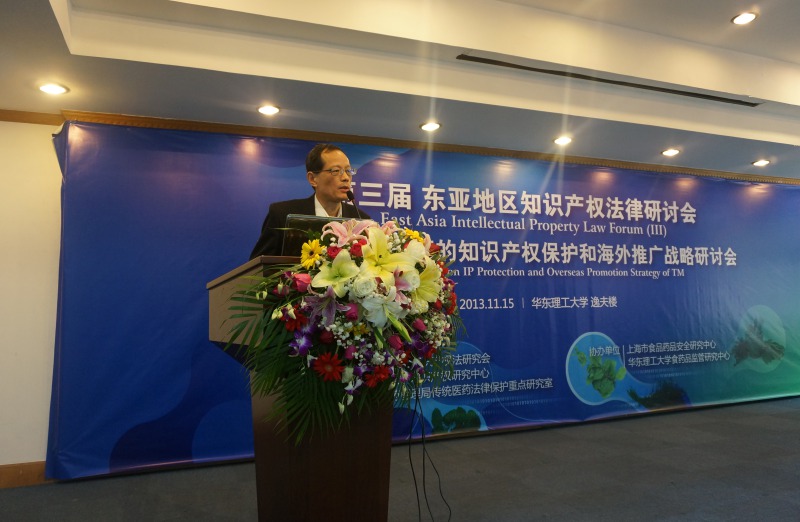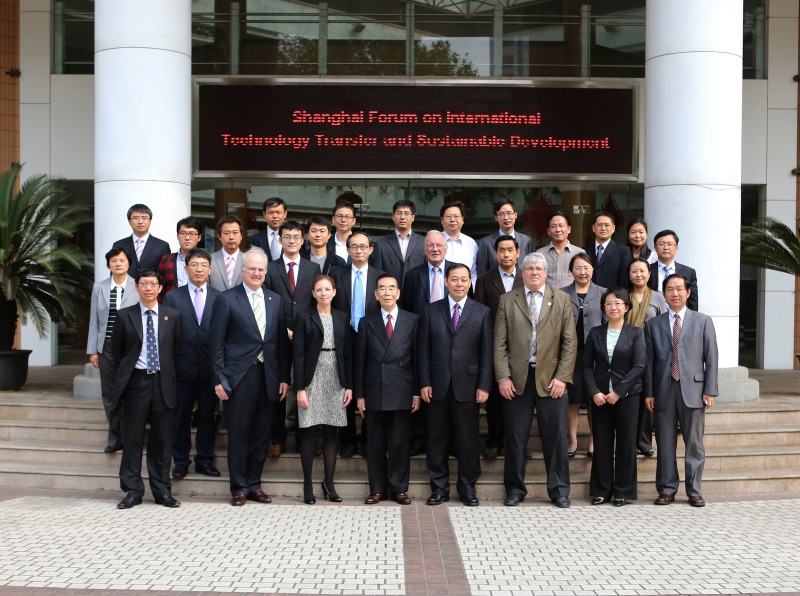Etuokeqian Banner Announces the Second Batch of Flagship Intangible Cultural Heritage Representative Projects
On August 3th, the Etuokeqian Banner People’s Government announced the second batch of flagship intangible cultural heritage representative projects, and five projects were selected, including 1 item of "folk customs": Etuokeqian flag cut autumn wool (Sheep) Customs; 1 item of "Traditional Craftsmanship": Matouqin production skills; 2 item of "Traditional Art": Mongolian calligraphy and Mongolian traditional painting skills; 1 item of "Traditional Medicine": Gallatarny therapy.
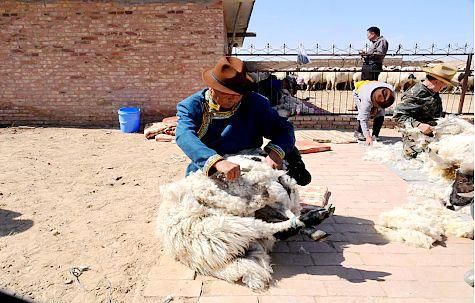
Etuokeqian flag cut autumn wool (Sheep) Customs: Shearing is a relatively complete skill of the Mongolian people. Generally, the hair is cut twice a year, and the time and number of sheep shearing are determined according to the climate, variety, physiological characteristics and the quality of feeding management. The first time is from April to May, and the second time is from September to October.
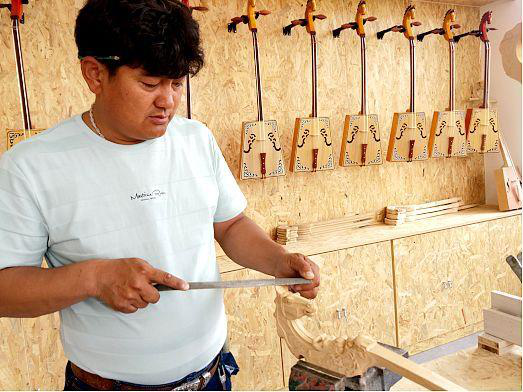
Matouqin production skills: Matouqin is a long-standing bow-stringed instrument in Mongolian history. It is called "Chaoer" in Mongolian. With the history of the Mongolian nation over 1300 years, Matouqin has become an indispensable music partner in Mongolian cultural life. The matouqin consists of a resonance box, a head, a piano, a peg, a piano, a string, and a bow.

Mongolian calligraphy: Mongolian calligraphy is a traditional art of Mongolian heritage for thousands of years, with language as the main content and brush calligraphy as the transmission carrier. In writing form, Mongolian calligraphy can be divided into regular script, running script and cursive script. Later, there appeared such artistic styles as upright script, prancing script, square official script, swing script and pictographic script.
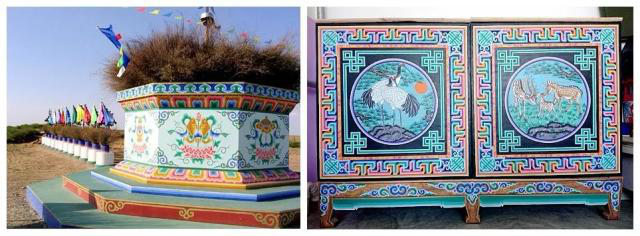
Mongolian traditional painting techniques: Mongolian pattern is an art form and cultural symbol that is created and passed down by the Mongolian people to reflect life and beautify life. It is an important part of Mongolian traditional culture. The Mongols refer to the graphic design of the shape and decoration of all objects as patterns, and the aspects of clothing, food, shelter, travel, and use in life are closely related to the pattern. Mongolian motifs are constantly evolving and changing in the process of inheritance. They are still widely spread and applied today, and have become the most distinctive symbols and passwords of Mongolian traditional culture.
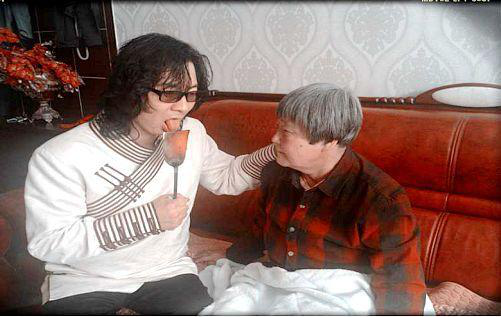
Gattarny therapy: since ancient times, there have been many unwritten Mongolian folk therapies with distinct ethnic characteristics and good clinical effects.Gattarny therapy is one of the most distinctive treatments. It mainly USES gattarny to transmit a kind of energy to the patient's lesion site to relieve pain, combines the holistic treatment principle of mind and body as a whole, stimulates the body's own immune function, and achieves the therapeutic target as soon as possible by stimulating the appearance of human body to regulate nerves and fluids, so as to achieve the goal of cure.
Source: Eqianqi cultural brigade
Time: 2019.08.05
next:Songjiang District has added five new items to its intangible heritage list

